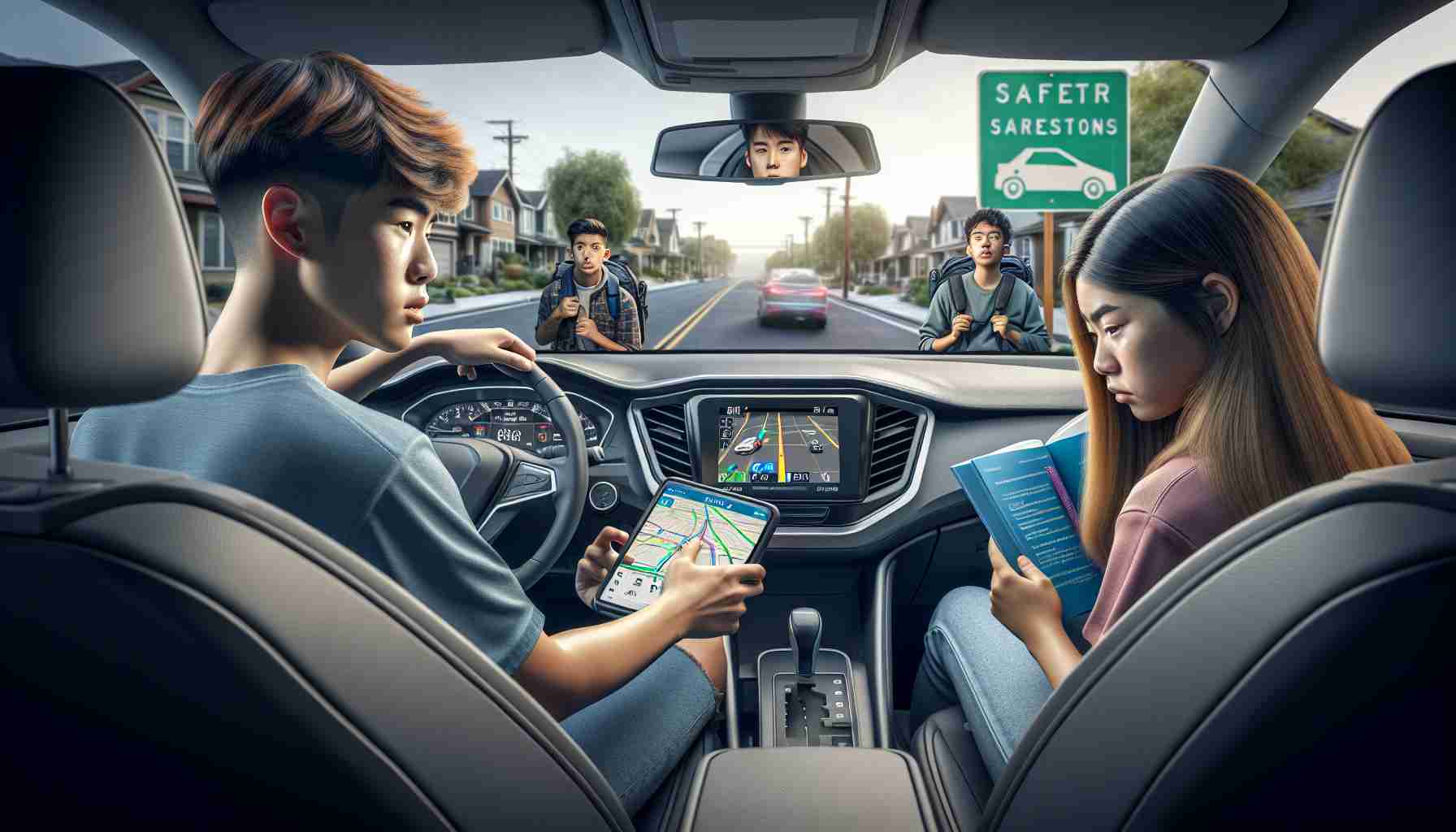In recent years, the traditional milestone of obtaining a driver’s license at 16 has increasingly become less appealing for many teenagers in the United States. Statistics reveal a significant drop in licensure among this age group, with only a quarter of 16-year-olds holding a license in 2021, a stark contrast to nearly half in 1983. Furthermore, the Department of Transportation reports that merely 4% of U.S. driver’s licenses belong to individuals aged 19 or younger.
Several factors contribute to this shift in attitude towards driving among teens. Economic considerations play a crucial role, as the rising costs associated with car ownership have caused many to seek alternatives. The surge in popularity of electric bikes offers a more affordable and independent option for young people, with average prices ranging between $1,500 and $2,500. Many parents view e-bikes as practical substitutes for driving, allowing teens to navigate their lives without the complexities and financial burdens of car ownership, including insurance, maintenance, and fuel expenses.
Additionally, mental health concerns are influencing this trend. Reports indicate a notable rise in driving anxiety among younger generations, with many expressing fear and apprehension about behind-the-wheel experiences. A significant percentage of teens cite fear of driving as a major deterrent, with anxiety rates significantly higher among girls compared to boys. This growing emotional concern appears to overshadow the excitement traditionally associated with gaining independence through driving.
Adapting to the Changing Landscape of Teen Mobility
As the landscape of transportation continues to evolve, many teenagers and their parents are finding new ways to navigate their mobility needs without the traditional driver’s license. Here are some valuable tips, life hacks, and interesting facts to help you understand this shift and enhance the transportation experience for teens today.
1. Explore Alternative Transportation Options
With the rise of electric bikes and scooters, parents can encourage their teens to explore these alternatives as viable forms of transportation. Not only are they cost-effective, but they also promote physical activity. Before investing in an e-bike, consider options like community bike-sharing programs, which can reduce the need for personal ownership.
2. Get Educated About Electric Biking
For those considering an e-bike, it’s essential to learn about local laws and regulations regarding e-biking. Different states have varying rules about speed limits, helmet requirements, and where e-bikes can be ridden. Knowledge in these areas can ensure a safer riding experience.
3. Mitigate Driving Anxiety
For teens struggling with driving anxiety, gradual exposure can be an effective strategy. Start with low-pressure environments, like parking lots or quiet streets, before transitioning to busier roads. Additionally, practicing mindfulness techniques and deep breathing can help alleviate anxiety before and during driving.
4. Educate Yourself on Financial Responsibilities
Understanding the financial implications of car ownership can empower teens. Parents can take this opportunity to teach financial literacy skills, including budgeting for expenses like maintenance, fuel, and insurance. This knowledge can reinforce the appeal of alternatives like e-bikes and public transport.
5. Encourage Use of Public Transportation
Promote the use of local public transportation systems. This can also contribute to improving mental health by reducing the pressure of driving. Teenagers can learn to navigate paths, schedules, and routes, enhancing their independence while using community resources.
6. Embrace Technology for Navigation
Smartphone apps can aid in planning trips, whether by public transport, biking, or driving. Apps like Google Maps and Citymapper provide real-time updates on traffic, route options, and nearby transportation modes, making it easier for teens to feel confident while traveling.
Interesting Facts to Consider:
– A study found that teens who actively engage in alternative transportation methods report higher levels of physical fitness and overall well-being.
– E-bikes are reported to have a lower environmental impact compared to traditional cars, appealing to environmentally conscious teens.
– Only 37% of teenagers in a recent survey expressed eagerness to drive, indicating a significant societal shift in how independence is viewed.
As the transportation landscape continues to shift, both teenagers and parents can benefit from embracing these alternatives and fostering a culture that values safe, economical, and mentally healthy transportation choices for the younger generation. For more insights and resources on modern mobility, check out nhtsa.gov.







